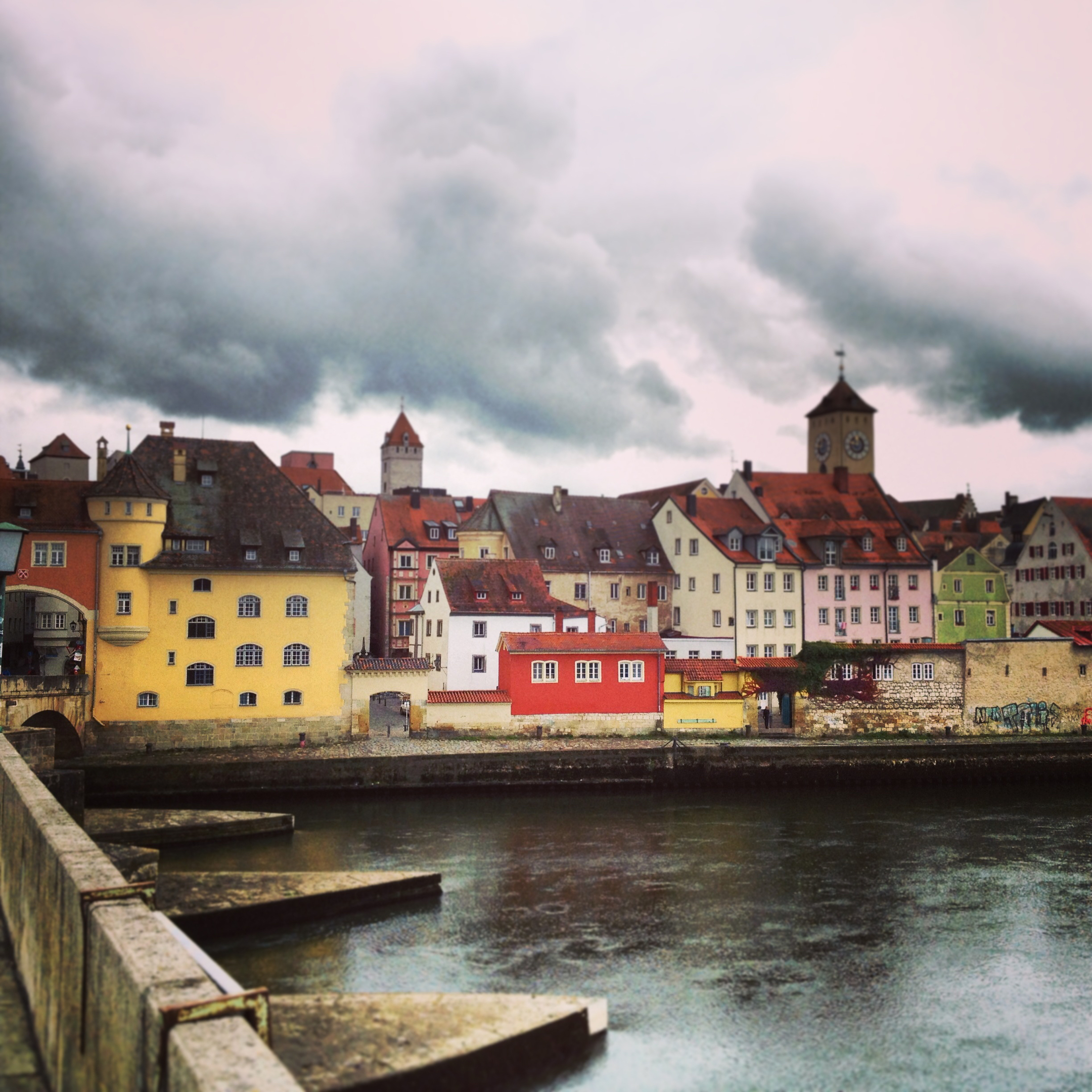A book to celebrate the twinning of Aberdeen with the German city of Regensberg will be launched this month to celebrate the 60th anniversary of the special relationship.
The book, called Passages, is composed of stories, poetry and articles written by the winners of a writing competition held in both cities.
The publication aims to celebrate the cultural and historical similarities shared by the two cities, and was dreamt up by Aberdeen University student Shane Strachan when he first visited Regensberg in 2013.
While there, he noticed a number of resemblances between Regensberg and Aberdeen, such as both cities being built on rivers and the common links that exist between the Doric and Bavarian languages.
Mr Strachan, from Fraserburgh, said: “Last year we held a competition for Aberdeen residents and Regensberg residents to submit creative writing about their cities, and the winning selections are now being printed for the first time.
“Everyone thinks Aberdreen has the biggest connection with Norway because of the Christmas tree, but there are just so many similarities between us and Regensberg.
“For example, In Regensberg they speak Bavarian, and the relationship between speaking Bavarian and speaking German is similar to the relationship between Doric and English, which is something that we’ve shown in the book.
“There are even some words in Bavarian that sound similar to Doric, for example here you might call a church a kirk, and the way it’s pronounced in Bavarian is very similar.
“Bavarian is also a very regionalised language as well, it’s quite connected to the land in Bavarian culture, in the same way that Doric has that connection with farming traditions here, so their use is very similar.”
“Ten years after World War II the Aberdeen City Council was trying to reach out to different cities in Germany to rebuild bonds, and show that everyone could move on.
“So that’s what the twinning really represents, this reconciliation, and I think it’s still important because more than any other twinning, Regensberg, for Aberdeen, has been the one with the most projects and interest generated from both cities, and I feel that Passages really represents that.”
The book will be launched at Aberdeen University’s King’s Lawn on May 30, where a talk will be held by Mr Strachan from 11.30am to 12.30pm.
